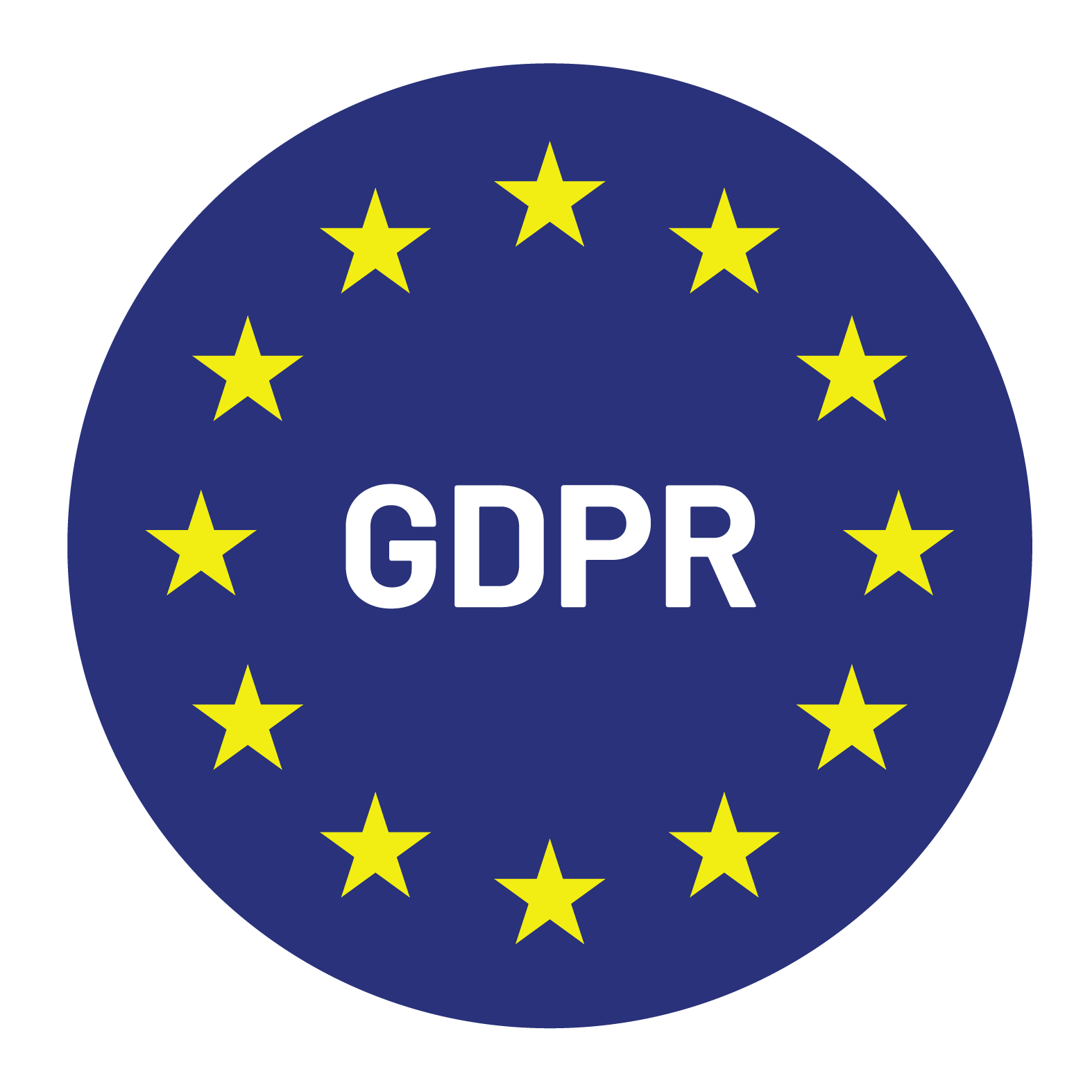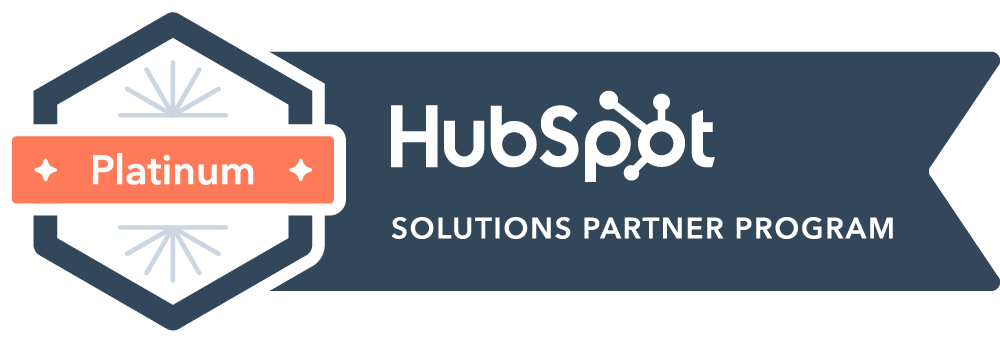

Content Writer for Whistle with multidisciplinary experience spanning over a decade.
B2B SaaS demand generation has become more complex than at any other point in the sector’s history. Budgets are tighter, buyer committees are larger, and decision-making cycles are longer. Prospects now expect tailored engagement, seamless experiences, and measurable value before they ever speak with sales.
Technology is the backbone of how SaaS companies meet these expectations. The right demand generation tech stack allows businesses to identify in-market accounts, deliver personalized outreach, and measure impact with clarity. The wrong stack, however, creates inefficiencies, wasted spend, and frustrated teams.
This blog explores the essential B2B SaaS demand generation tools for 2025. We will outline the pillars every SaaS leader should prioritize, examine the technologies reshaping how demand is created and captured, and highlight how to build a stack that supports growth without unnecessary complexity.
Every demand generation strategy relies on three core functions: attract, convert, and measure. A well-built stack is structured to serve each of these areas seamlessly.
Attract is about reaching and engaging the right buyers through campaigns, content, and targeted outreach.
Convert focuses on capturing leads, nurturing them through personalized experiences, and qualifying them effectively before sales engagement.
Measure ensures every initiative can be tracked, attributed, and optimized to deliver ROI.
These three functions form the basis for how SaaS companies should approach their technology investments. With that framework in place, we can explore the essential demand generation tools for 2025.
Marketing automation is the foundation of any B2B SaaS demand generation strategy. Without it, scaling personalized campaigns and lead nurturing is nearly impossible.
The best platforms in 2025 provide advanced workflows, lead scoring, and deep integrations with CRM systems. They enable SaaS marketers to design nurture sequences that reflect buying intent, manage complex drip campaigns, and create clear rules for qualifying leads.
Leading platforms include HubSpot, Marketo, Pardot, and Customer.io. Each supports SaaS teams in managing multi-channel campaigns while aligning closely with sales.
CRMs are not just databases. They are the central hub of SaaS growth, ensuring visibility into every stage of the customer journey. For demand generation, CRMs provide pipeline management, opportunity tracking, and alignment between marketing and sales teams.
The most effective CRMs integrate seamlessly with marketing automation and account-based marketing software, ensuring no lead is lost in transition. Top platforms in 2025 include Salesforce, HubSpot CRM, and Pipedrive.
One of the most important shifts in SaaS demand generation is the reliance on intent data. By identifying signals that reveal which accounts are actively researching a solution, intent data helps prioritize outreach and improve lead quality.
Providers such as Bombora, 6sense, Demandbase, and ZoomInfo gather signals from search behavior, content consumption, and industry-specific research. This intelligence allows SaaS companies to engage accounts before competitors, creating a meaningful advantage in crowded markets.
ABM has become a central pillar of B2B SaaS demand generation. By targeting high-value accounts with tailored campaigns, companies can align marketing and sales more effectively.
ABM software enables account scoring, personalized campaign orchestration, and multi-channel targeting. The most prominent solutions in 2025 include Demandbase, Terminus, and RollWorks, each designed to support precise targeting and measurable engagement across defined account lists.
Even the most compelling content requires effective distribution. SaaS demand generation strategies increasingly rely on syndication platforms, webinar tools, and social publishing systems to ensure reach.
Examples include ON24 for webinars and virtual events, Uberflip for content hubs, Hootsuite for social publishing, and LinkedIn Ads Manager for paid campaigns. These tools help ensure content reaches the right audiences and drives consistent engagement.
Accurate and complete data is essential for demand generation. Enrichment platforms ensure leads are qualified with correct firmographic and contact details, reducing wasted effort by sales teams.
Leading providers include Clearbit, ZoomInfo, and Apollo.io, which offer real-time enrichment and integrations that feed directly into CRMs and automation platforms.
With longer SaaS buying cycles, multi-touch attribution is no longer optional. Analytics platforms that provide funnel visibility, revenue attribution, and cohort analysis allow leaders to understand what is driving pipeline contribution.
Tools such as Google Analytics 4, HubSpot Attribution, and Bizible offer advanced insights, giving SaaS leaders the ability to connect campaigns to outcomes and allocate budget effectively.
The true power of a demand generation stack lies not in the number of tools, but in how well they integrate. Poor interoperability leads to data silos, wasted licenses, and manual workarounds.
SaaS leaders should prioritize tools that connect seamlessly across marketing, sales, and customer success. A smaller, integrated stack often outperforms a larger one filled with disconnected platforms. Tool bloat creates complexity, while tight integration drives efficiency and results.
Maintaining an effective stack requires constant review and optimization. A structured audit ensures the technology is supporting business goals rather than draining resources.
Step 1: Assess current KPIs. Metrics such as MQL-to-SQL conversion rates, CAC-to-LTV ratios, and pipeline contribution provide a clear picture of performance.
Step 2: Identify gaps. Look for weaknesses in attribution, intent data coverage, or lead nurture. These gaps signal where technology investments should be made.
Step 3: Create a roadmap. Decide which tools to adopt, replace, or remove. Focus on building integrations that reduce manual effort.
Step 4: Ensure adoption and training. A stack is only as effective as the teams using it. Training and cross-functional adoption are essential for maximizing value.
As SaaS companies prepare for 2025 and beyond, several trends are shaping demand generation technology:
B2B SaaS demand generation in 2025 requires more than isolated tools. It requires a carefully designed stack that attracts the right buyers, converts them effectively, and measures results with accuracy.
For SaaS leaders, evaluating the current stack and upgrading where needed will directly influence revenue growth and pipeline health. Technology will not replace strategy, but it is the system that enables modern demand generation.
Whistle has guided SaaS companies through building demand generation strategies and aligning technology stacks with business objectives. If your team is evaluating how to strengthen demand capture, improve qualification, or achieve clearer attribution, Whistle brings the expertise to help you design a stack that works.


© Copyright – Whistle 2023